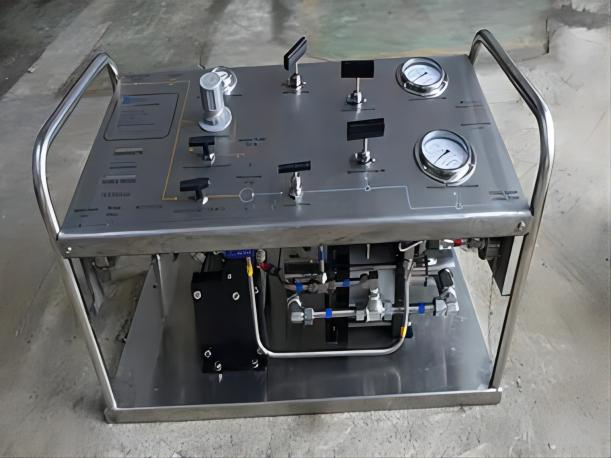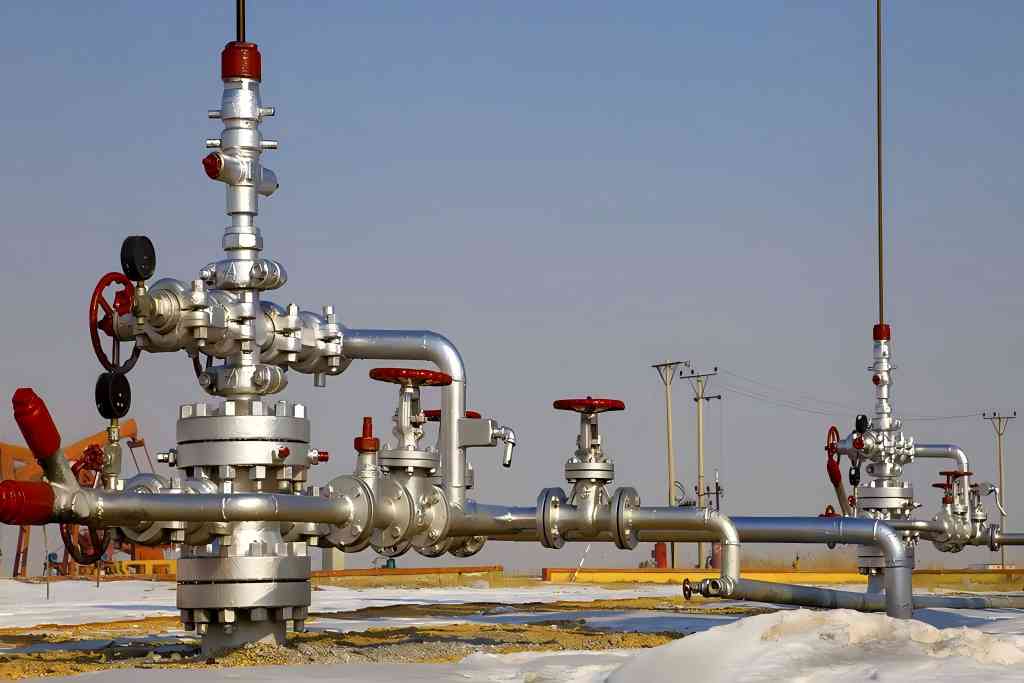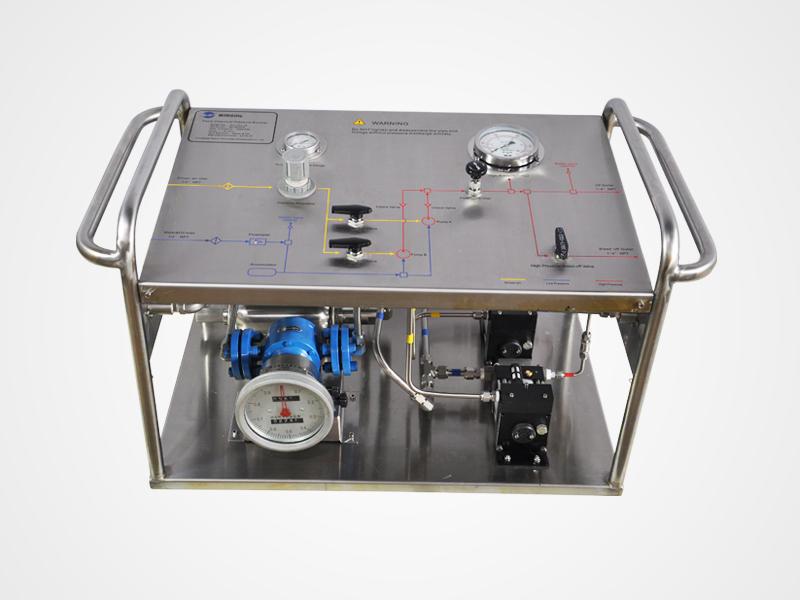Mastering Portable Hydrostatic Test Pumps: Types, Usage, and Safety Precautions
Portable hydrostatic test pumps play a crucial role in various industries, ensuring the integrity of pipes, valves, and other pressure vessels. By subjecting these components to high-pressure water, professionals can identify potential weaknesses and leaks before they become catastrophic failures. In this article, we will explore the different types of portable hydrostatic test pumps available, provide a step-by-step guide on how to use them effectively and highlight essential safety precautions to keep in mind during operation.
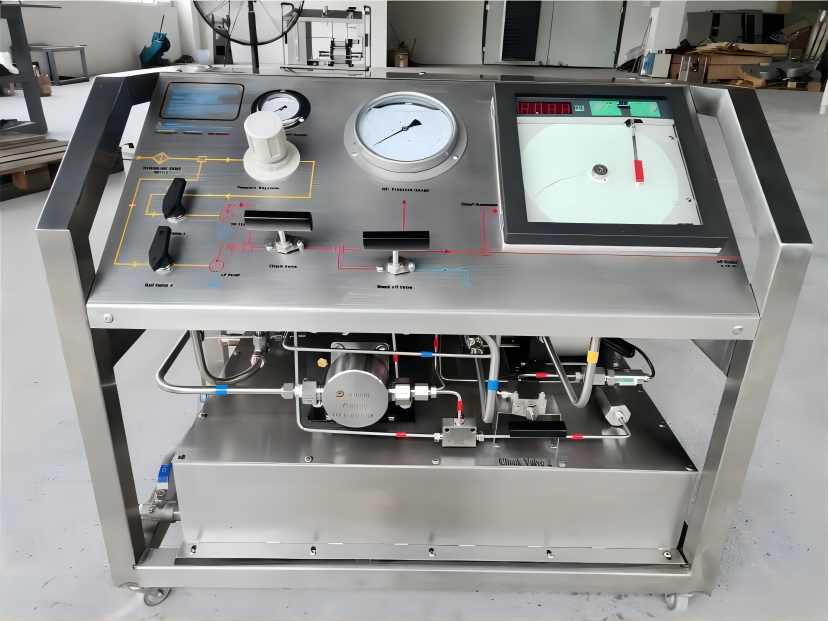
Types of Portable Hydrostatic Test Pumps
Manual Handheld Test Pumps
Manual handheld test pumps are the simplest in design and operation. They are manually operated, usually with a lever or handle, to generate pressure within the system. These pumps are often compact and lightweight, making them ideal for smaller-scale testing operations.
Despite their simplicity, manual handheld test pumps have limitations. They are best suited for low-pressure tests and may require considerable physical effort to reach higher pressures. Consequently, they are commonly used for residential plumbing inspections and smaller-scale industrial applications.
Electric Motor-Driven Test Pumps
Electric motor-driven test pumps are a step up in terms of power and convenience. They are equipped with an electric motor that automates the pressure generation process. These pumps are more versatile, capable of achieving higher pressures with ease, and are often used in industrial settings for a wide range of applications.
The advantages of electric motor-driven hydro test pumps include consistent pressure control and the ability to conduct tests quickly and efficiently. They are suitable for tasks such as pressure vessel testing and pipeline inspections in industrial plants.
Gasoline/Diesel Engine-Powered Test Pumps
When portability and high pressure are both essential, gasoline or diesel engine-powered test pumps come into play. These pumps are self-contained units with internal combustion engines that provide substantial power. They are excellent for fieldwork, especially in remote locations where electrical sources may be scarce.
Engine-powered test pumps offer the advantage of independence from external power sources and are commonly used in the oil and gas industry for testing wellheads and pipelines. However, they require careful handling due to the presence of flammable fuels and emissions.
Pneumatic Test Pumps
Pneumatic test pumps rely on compressed air to generate pressure. These pumps are versatile and suitable for various applications, including those in hazardous environments where electrical or gasoline-powered pumps may not be safe. Pneumatic pumps are known for their reliability and precision in pressure control.
They are commonly used in industries such as chemical processing and offshore drilling, where explosive atmospheres may be present. Pneumatic test pumps are also favored for their ability to generate high pressures while maintaining accuracy.
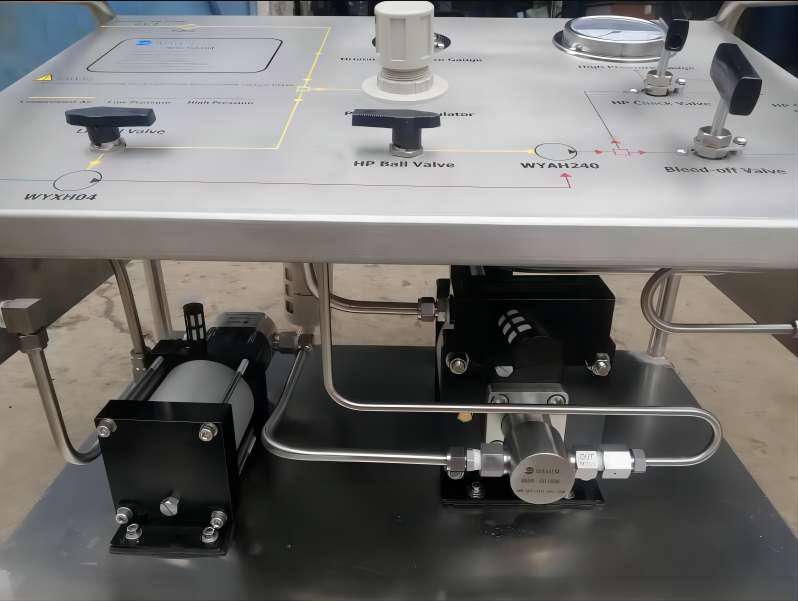
How to Use a Portable Hydrostatic Test Pump?
- Preparing for the Test
Before beginning any testing operation, it is crucial to gather all necessary equipment and inspect it thoroughly. Check hoses, fittings, and the test pump itself for any signs of wear, damage, or leaks. Replacing damaged components is essential to ensure the safety and accuracy of the test.
- Setting Up the Test Site
Select an appropriate location for the test. Ensure that the setup area is secure, stable, and free from any potential hazards. If testing indoors, make sure the environment is well-ventilated. A secure test site is essential for preventing accidents and maintaining control during the test.
- Connecting the Pump
Properly connect the test pump to the system you intend to test. Attach hoses and fittings securely, paying close attention to avoid any leaks. Proper connections are critical for maintaining pressure and ensuring the accuracy of the test results.
- Performing the Test
Gradually increase the pressure within the system. Monitor the pressure gauge closely and follow the specified test procedure. Be prepared to stop the test if pressure reaches unsafe levels or if there are signs of leakage. Accurate testing requires careful attention to pressure changes during the test.
- Recording and Documenting Results
Keep accurate records of the test process, including pressure readings, test duration, and any anomalies observed. Documentation is vital for quality control and compliance with industry standards. Note any unexpected results or failures, as these may indicate issues that require further investigation.
- Safely Decommissioning the Pump
After completing the test, release the pressure in the system slowly and carefully. Avoid sudden depressurization, which can lead to dangerous situations. Properly store all equipment, including the test pump, hoses, and fittings, to ensure they remain in good condition for future use.
Safety Precautions When Using a Portable Hydrostatic Test Pump
- Personal Protective Equipment (PPE)
Operators should always wear appropriate PPE, including safety goggles, hearing protection, gloves, and appropriate clothing. These items are essential for protecting against potential hazards such as high-pressure water spray and noise.
- Handling High-Pressure Equipment
High-pressure water can be extremely dangerous if it comes into contact with the body. Avoid standing directly in front of hoses or fittings when pressurized and keep body parts away from high-pressure streams. Secure hoses and fittings to prevent sudden bursts or disconnections.
- Pressure Control
Carefully monitor pressure gauges throughout the testing process. Avoid over-pressurization, which can lead to equipment failure and potential hazards. Follow the recommended pressure limits for the specific test being conducted.
- Avoiding Pinch Points
Be cautious around moving parts of the test pump, especially if it has mechanical components. Ensure that hoses are properly routed and secured to prevent pinching, which can lead to damage or rupture.
- Proper Ventilation
If testing indoors or in confined spaces, ensure adequate ventilation to disperse any fumes or vapors that may be present. Avoid working in areas with poor air circulation, as this can lead to health and safety risks.
- Emergency Procedures
Operators should be trained in emergency procedures, including how to quickly shut down the pump and release pressure in case of an emergency. First aid kits and medical assistance protocols should be readily available in case of injuries.

Conclusion
Portable hydrostatic test pumps are indispensable tools for ensuring the safety and reliability of pipelines, vessels, and plumbing systems in various industries. Understanding the types of hydro test pumps available, how to use them effectively, and the essential safety precautions is crucial for successful testing operations. By following these guidelines, operators can carry out hydrostatic tests with confidence, knowing that they are maintaining the highest standards of safety and precision in their work.

